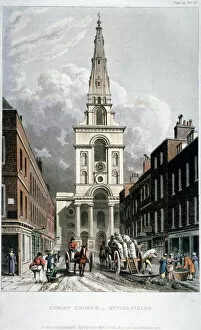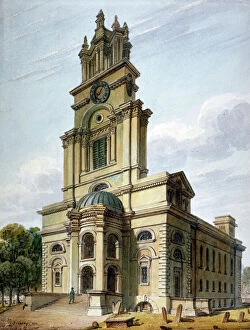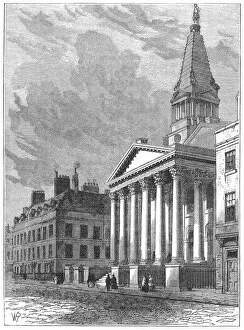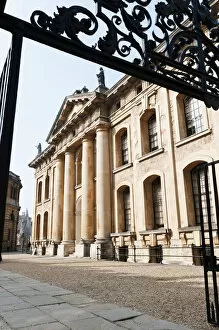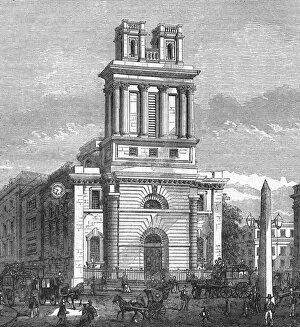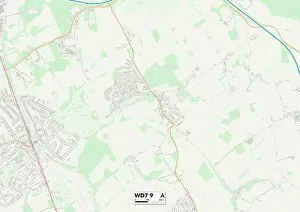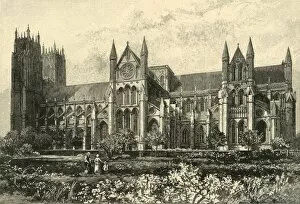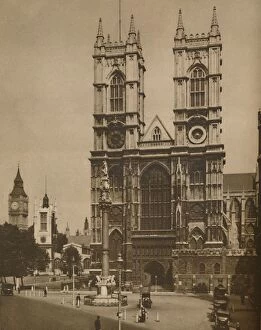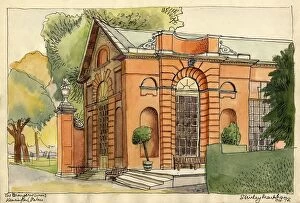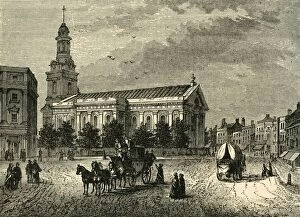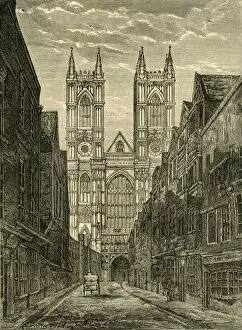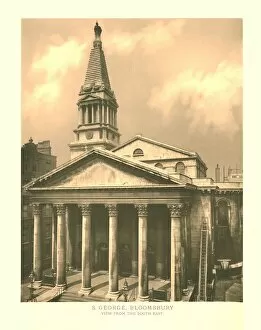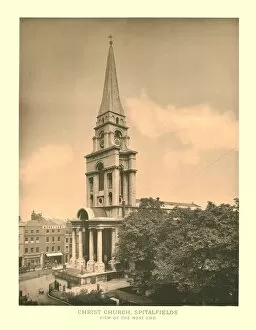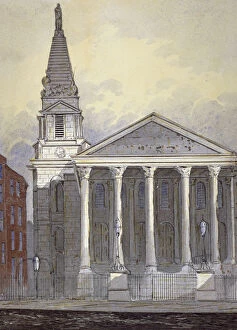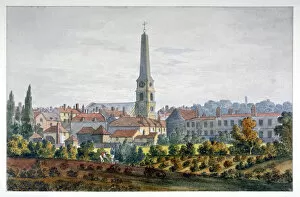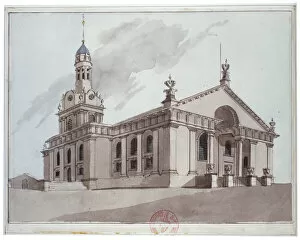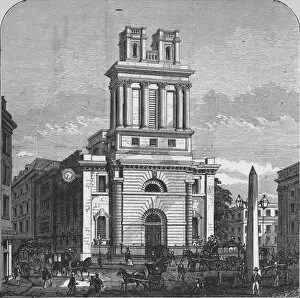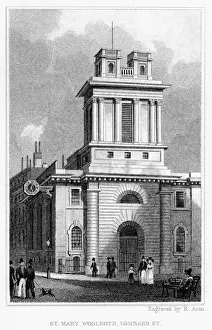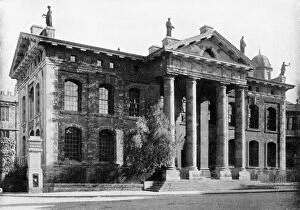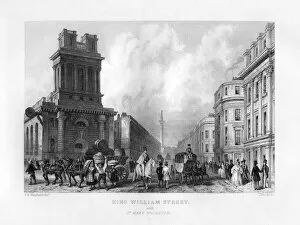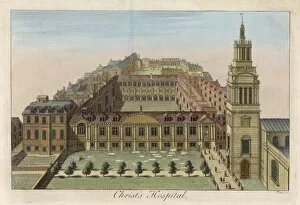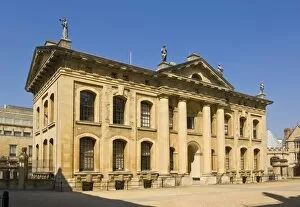Hawksmoor Collection
"Hawksmoor: Architectural Marvels of London's Past" Step back in time to the early 19th century as we explore the magnificent works of Nicholas Hawksmoor
All Professionally Made to Order for Quick Shipping
"Hawksmoor: Architectural Marvels of London's Past" Step back in time to the early 19th century as we explore the magnificent works of Nicholas Hawksmoor, a renowned British architect. From Christ Church in Spitalfields to St Anne's Church in Limehouse, Hawksmoor left an indelible mark on London's architectural landscape. In 1815, Hawksmoor completed his masterpiece, Christ Church in Spitalfields. This grand structure stands tall with its imposing presence and intricate detailing that showcases his mastery of design. The church remains a symbol of religious devotion and architectural brilliance. Another gem by the Church of St Anne in Limehouse, constructed in 1811. Adorned with sculptures by John Coney, this church captivates visitors with its elegant facade and timeless beauty. Hawksmoor's influence extended beyond churches; he also contributed to the Royal Naval College. His designs added a touch of grandeur to this prestigious institution where future naval officers were trained. The front elevation of the Church of St George in the East exemplifies Hawksmoor's unique style from 1800. With its symmetrical layout and striking features, it continues to inspire awe among architecture enthusiasts. Moving forward to 1817, we encounter another marvel created by Hawksmoor - Christ Church in Spitalfields. Collaborating with Thomas Higham for this project resulted in a harmonious blend of their artistic visions that still mesmerizes spectators today. Not limited to ecclesiastical structures alone, Queens College at Oxford University bears testimony to Hawksmoor's versatility as an architect. Its majestic facade reflects his ability to create buildings that seamlessly integrate into their surroundings while exuding elegance and sophistication. St George's Bloomsbury is yet another testament to Hawkmoonr’s genius – built-in 1844 but creator unknown – showcasing his distinctive style through its impressive proportions and intricate details.

